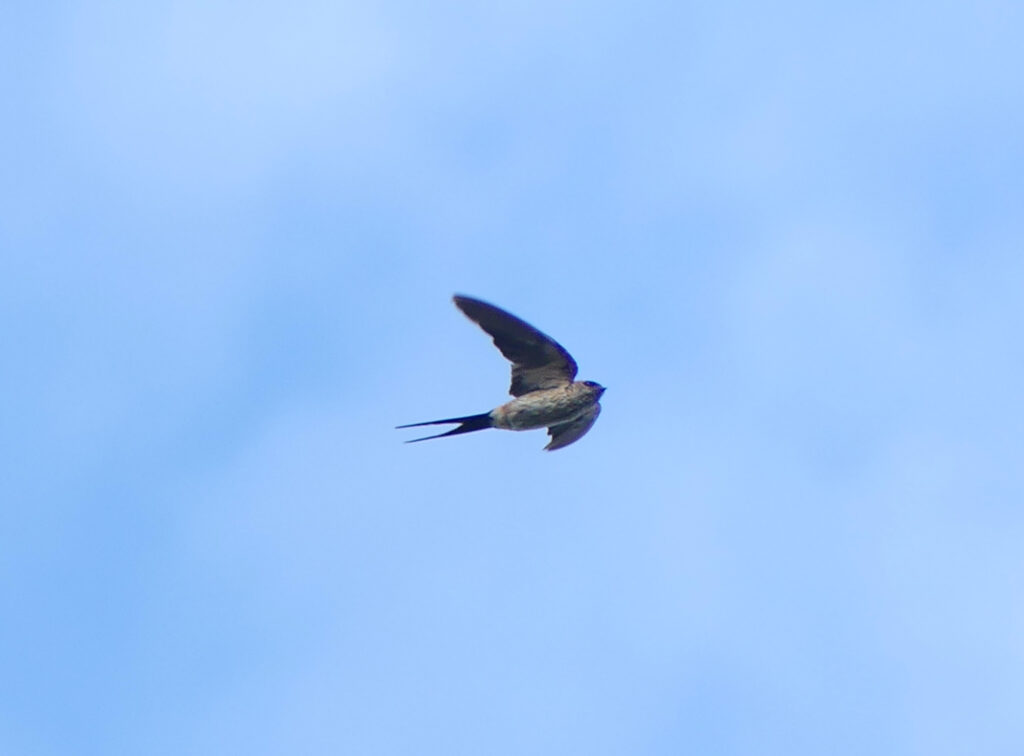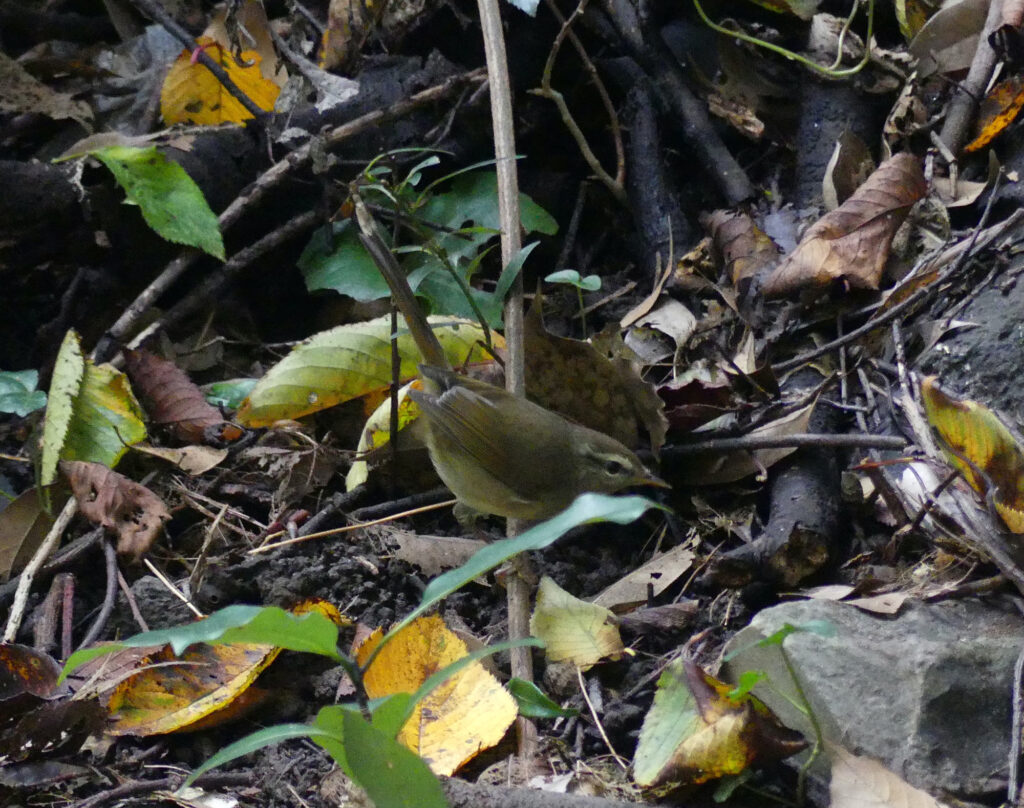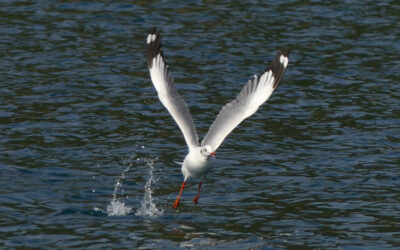Bird news and photos by Leslie Hurteau
October on Jeju began with a lot of excitement, with a Chestnut-flanked White-eye found in a local city park in Jeju City. At least one individual was there, but two were seen and photographed by other observers. This species seems to be somewhat rare in southern areas of Korea during migration, but I wonder if that’s not just the result of the species being overlooked, given how numerous Warbling White-eyes are in Jeju and other southern areas of the peninsula.

Thrushes began to show up in bigger numbers by early October, in particular Grey-backed Thrush. Eyebrowed and Grey Thrushes began to move through as well, and later on in the month Pale Thrushes. Flycatchers were still somewhat common to see, with Asian Brown and Grey Streaked Flycatchers around, and the occasional Blue-and-white Flycatcher.


Alongside the Chestnut-flanked White-eyes, early October brought two more surprises. The first being a White-backed Woodpecker. While not rare at all on Jeju, it was a personal first for Shinsan Park. The other was a bird much rarer to find in a city, a Black Wood Pigeon. It appeared to be a younger individual. First found drinking in a stream, and later refound resting in the canopy of a large decidious tree in the park. Black Wood Pigeons seem to move through Jeju during September and October, with sightings somewhat consistant during this time period over the past few years I’ve been birding here. It makes me wonder if they are dispersing from nearby islands north of Jeju, or if there is possibly a breeding population higher up on Hallasan (not unlikely given the habitat).
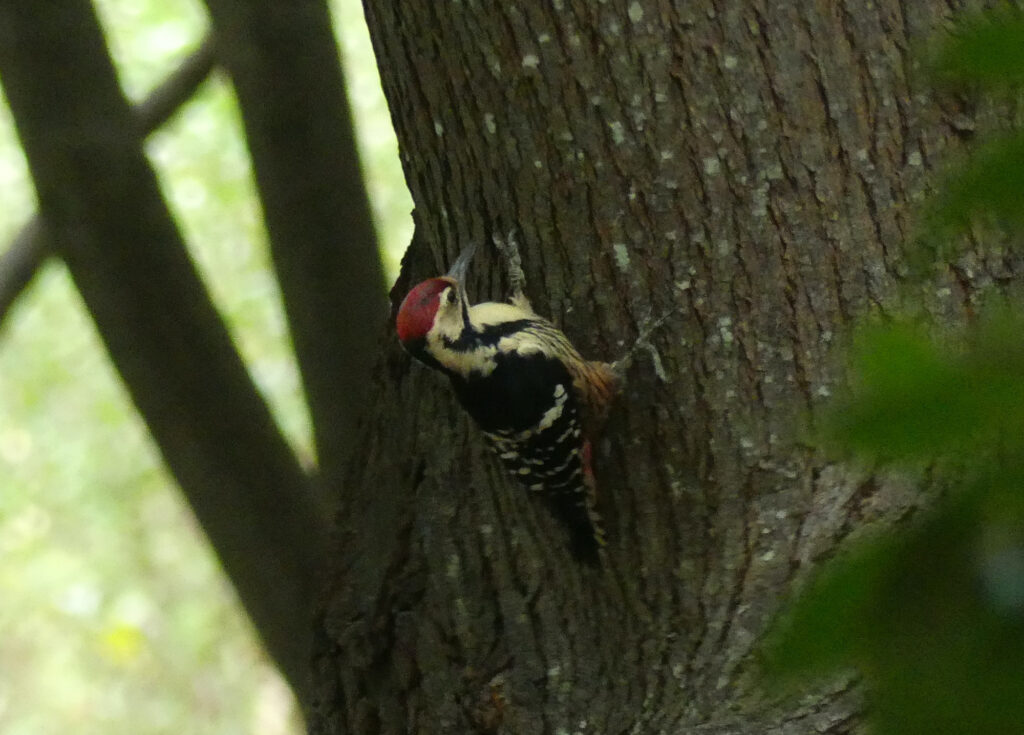
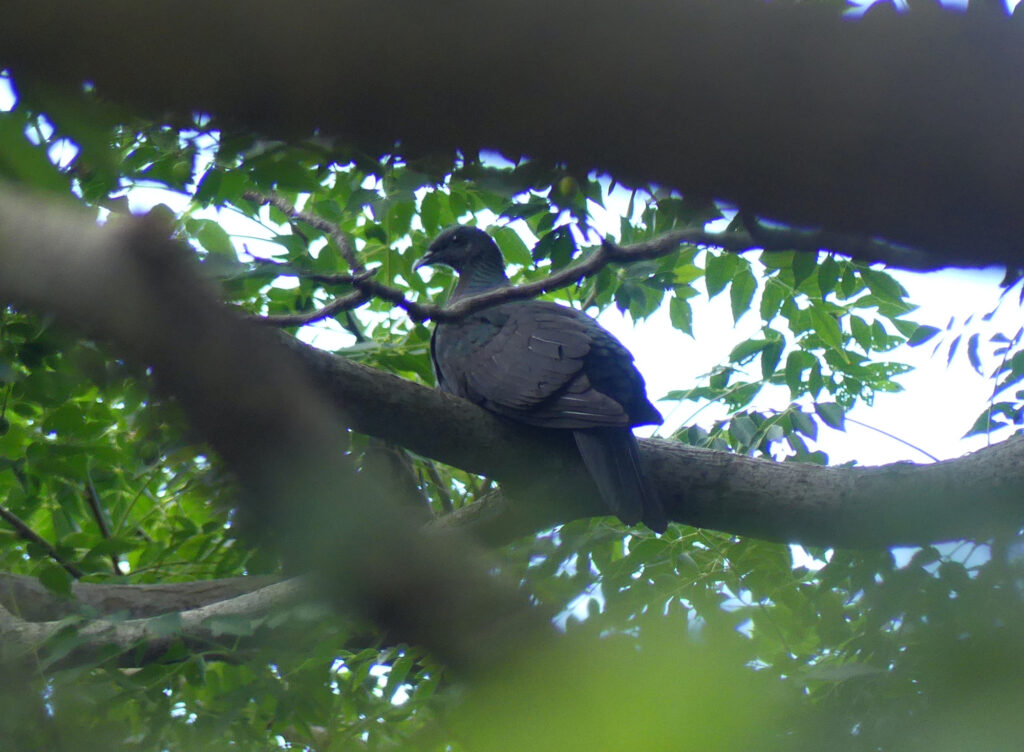
Down along the coast, the gulls started to increase in numbers and diversity, with Vega, Mongolian, Taimyr, and Slaty-backed making appearances alongside the usual Black-tailed Gulls in Jeju Harbour area. Ducks were also spotted along the coast occasionally, such as Eurasian Wigeon and Eurasian Teal.
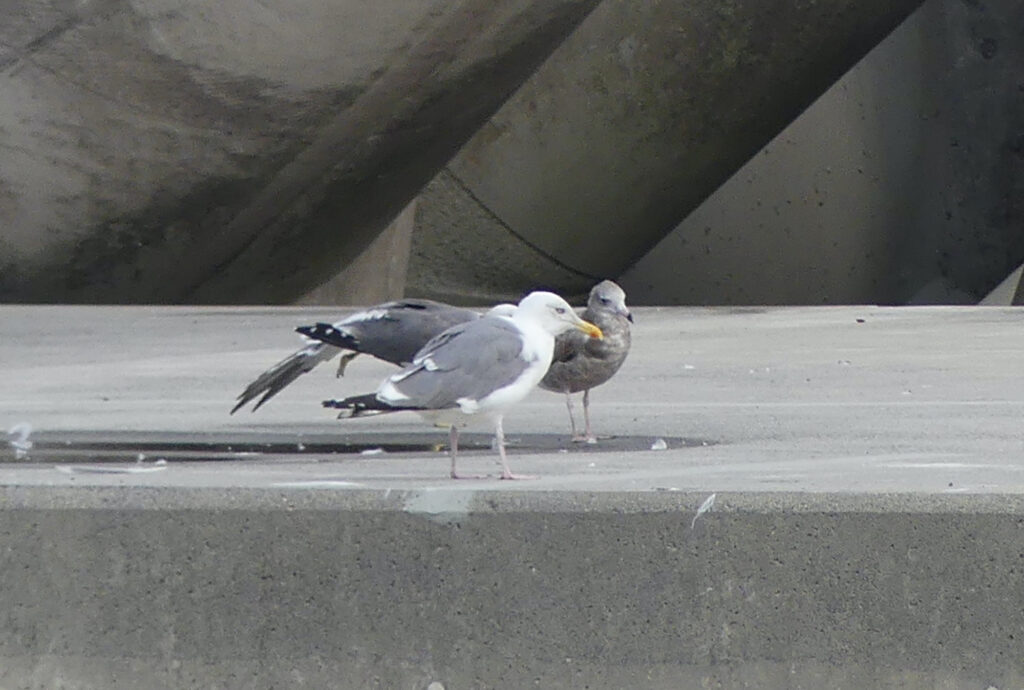
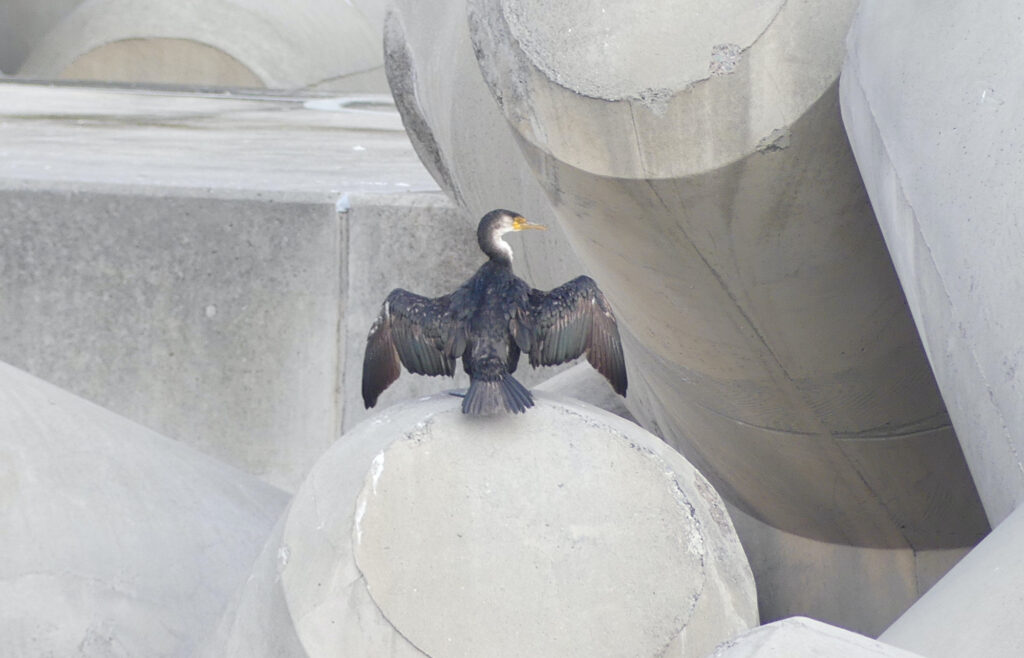
A third surprise for the month was a probable Japanese Leaf Warbler found around mid-month in Shinsan Park. This leaf warbler had a very greenish back and the supercilium, face, and throat showed a strong yellow colouration. The absence of a median stripe on the head and lack of contrast on the wings helped eliminate Yellow-browed and Pallas Leaf Warblers, which I had initially considered due to how yellow the bird seemed. Unfortunately it did not call, but given the features it seems Japanese Leaf is the most likely.
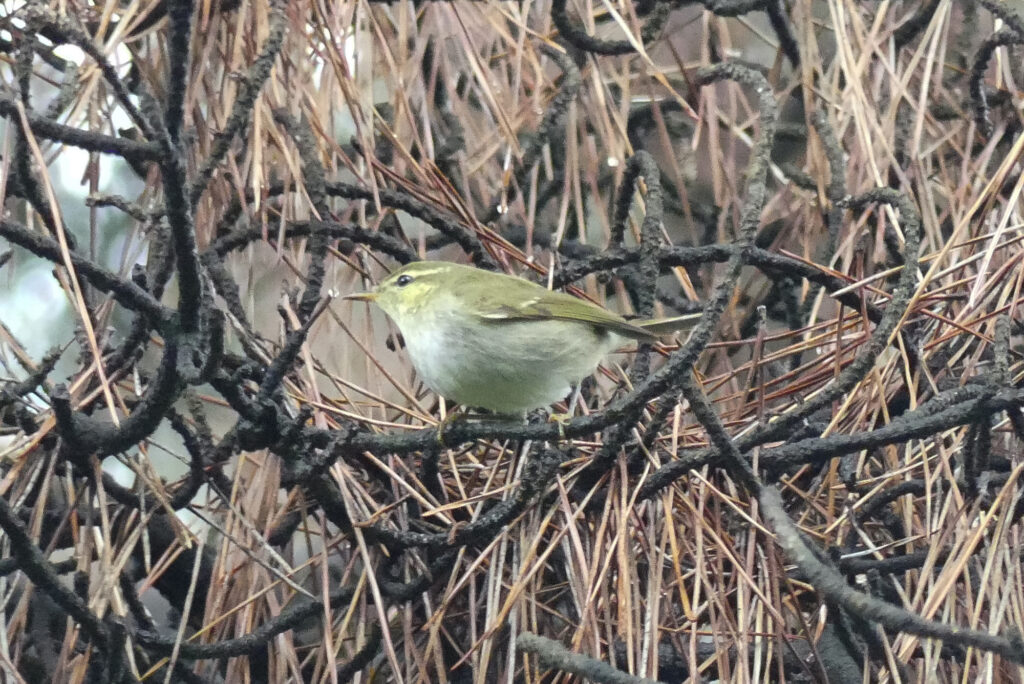

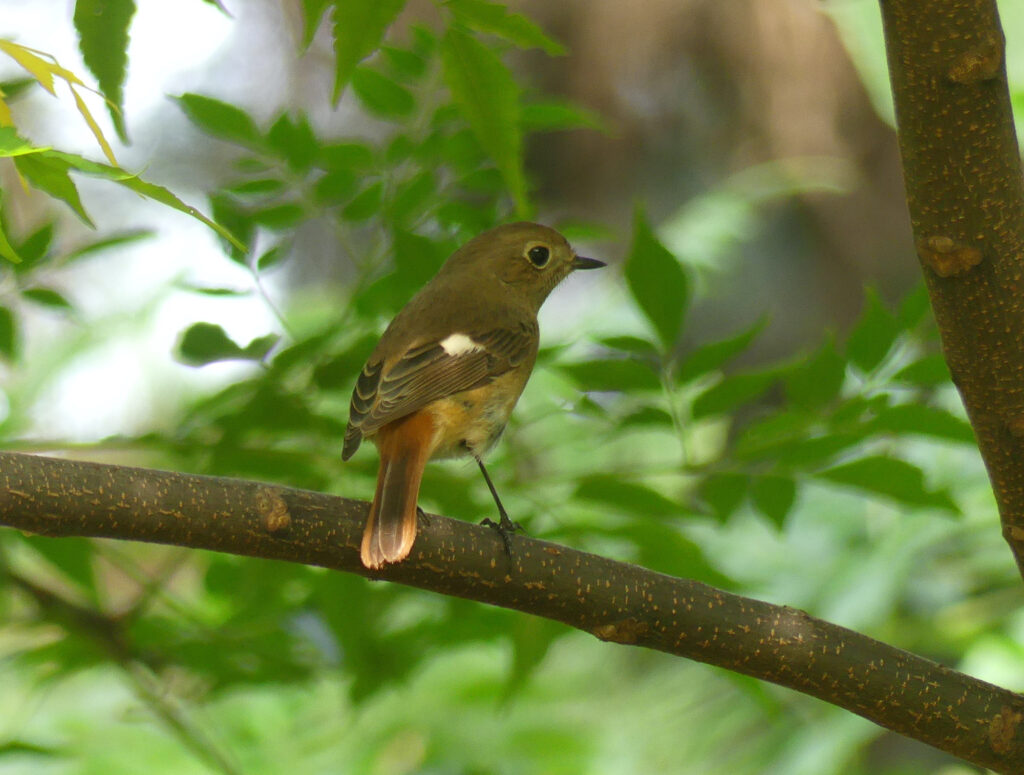



As the month moved on, migration shifted, with flycatchers showing up less and less, and swallow numbers slowly decreasing (with the exception of a group of Red-rumped Swallows showing up at the end of the month). Bull-headed Shrikes made a return by mid-month, with Daurian Redstarts following shortly after. Chinese Grosbeak numbers increased, and Japanese Bush Warblers began to move back into the park, having been mysteriously absent (or quiet?) during August and September.
